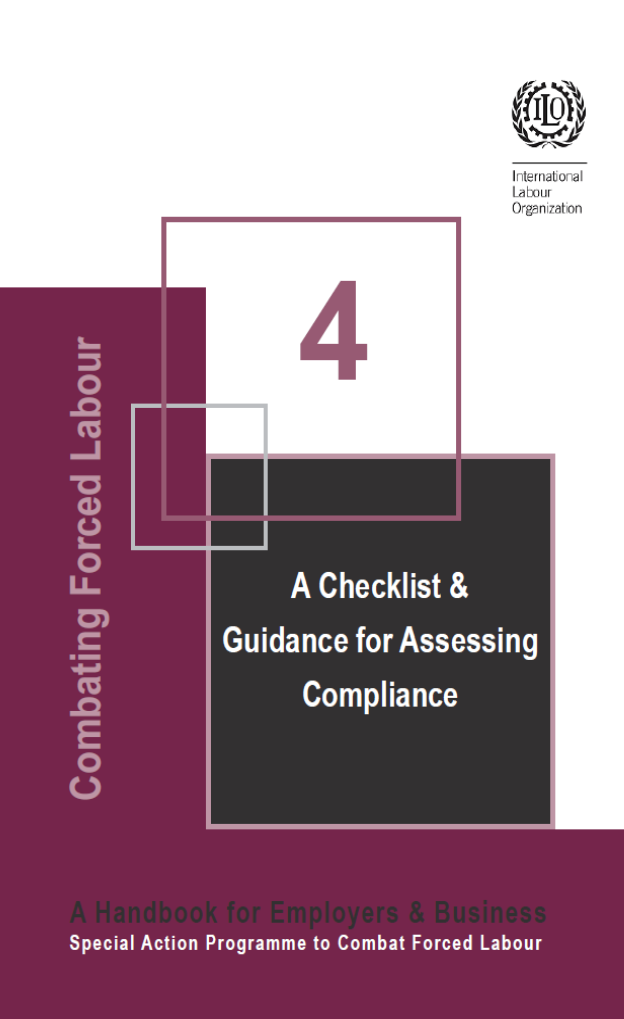The aim of this checklist is to help compliance personnel perform better assessments. Such assessments are a key link in the implementation of corporate codes of conduct and enable auditors to identify forced labour at enterprise level and in global supply chains. Broadly speaking, an effective social audit can make an important contribution to the identification, prevention and eradication of forced labour.
The checklist is divided by topic into the following sections: prison labour; coercion; and human trafficking and forced labour.
Each topic contains a principal question, which is followed by one or more sub-questions. This, in turn, is followed by policy guidance, which summarises the Guiding Principles to Combat Forced Labour and, wherever possible, includes illustrative examples. Suggestions are then provided on assessment methods, including: a review of relevant company and employee documentation; an inspection of the workplace and related facilities (e.g. dormitories); on and off-site interviews with workers and their representatives; and interviews with different management representatives

